Climate change is impacting the surface water flows in the Colorado River Basin due to higher temperatures and dryer soil. Research tells us that for roughly every degree Celsius increase from climate change, we see about a 10% decline in the river flow on the Colorado River. As we look forward we need to factor those changes into our calculations and we need to adapt our water demand to be more efficient, and we need new policies.
The cost of water will very likely increase. Your water bill comes from your local water utility. Most water utility costs are related to infrastructure — water mains, pumps, tanks, treatment plants, and meters, for example — but the cost of wholesale water supplies is also significant. Colorado River water is delivered on a wholesale basis to some, but not all, water utilities in Central Arizona. The cost of these deliveries is passed on to customers. The cost of wholesale Colorado River water delivered through the Central Arizona Project will increase due to shortages.
Different water utilities depend on wholesale supplies from the Central Arizona Project to varying degrees. Those that are more dependent will experience cost increases that are relatively higher. Many water utilities have access to alternative supplies — groundwater, reclaimed water, and Salt and Verde River water, for example — but alternative supplies and the infrastructure necessary to deliver them may be more expensive, and increased costs will be passed on to customers. Costs for water for replenishment will likely rise, either directly through a rate increase or indirectly through property taxes.
Colorado River shortages may impact tap water deliveries for “direct use” municipal water providers. For “indirect use” municipal water providers, shortages will impact the aquifers by reducing the amount of recharge. In Central Arizona, less than 350,000 acre-feet per year of Colorado River water is used directly at surface water treatment plants. This compares with total Colorado River water deliveries in Central Arizona during non-shortage years of more than 1,600,000 acre-feet annually. Fundamentally, this means that Central Arizona can withstand some Colorado River shortages without impact on tap water deliveries. The impact of shortages will also fall on aquifers because there will be less Colorado River water available for recharge and replenishment and more finite groundwater will be pumped.
Tools

Groundwater Depletion in the Colorado River Basin
The Colorado River Basin is not just losing surface water. NASA satellites show how the Basin’s groundwater is vanishing, too.
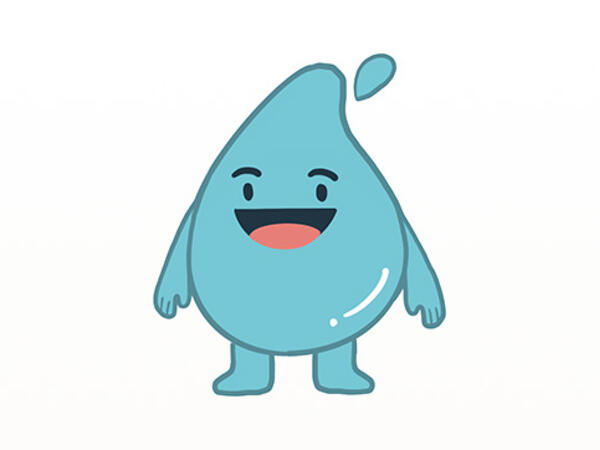
Arizona Water Chatbot
Arizona Water Chatbot is your Grand Canyon State water pal. Learn about drought, water conservation, and creative ways to protect our desert oasis's vital resource. Together, we can improve Arizona's water future!…
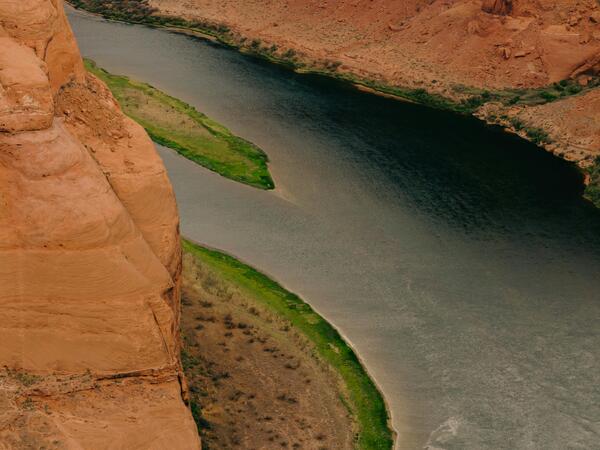
CRB Scenario Explorer
A guided analyses that evaluates the sensitivity of future Colorado River Basin hydrology to forest disturbances (wildfire, drought, pest-infestations) under climate change, based on a set of simulation scenarios.…
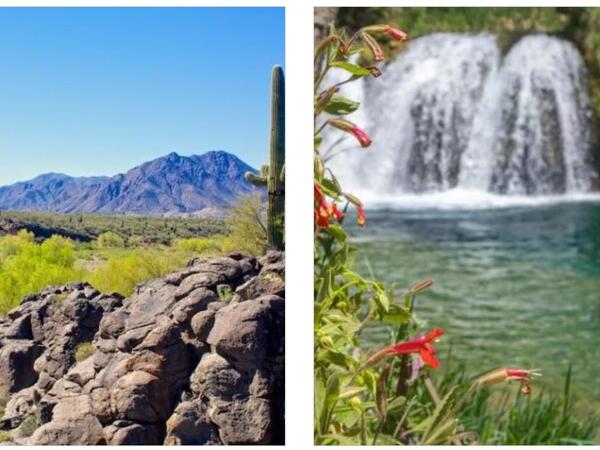
Water Issues in Depth
Arizona Water Blueprint's catalog of storymaps to explore many important water-related topics such as Arizona's water history, watersheds, and rural water use.
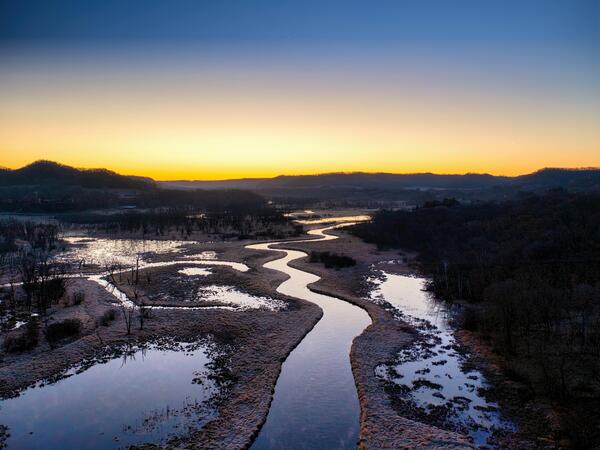
Colorado River Shortage Storymap
This engaging storymap explains what a Colorado River shortage means for Arizona, as well as the steps the state is taking to mitigate these issues. Developed by the Kyl Center for Water Policy.
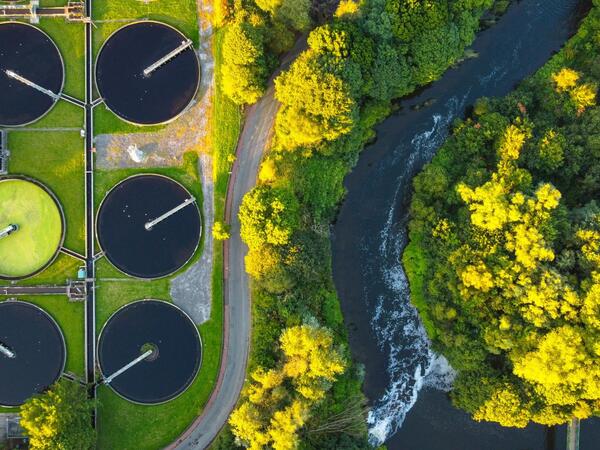
ASU CuRVE Project
The Arizona Colorado River Visualization Enterprise (CuRVE) is an ASU developed, interactive, visualization-based tool that enables stakeholders to explore datasets and analyses regarding the impacts of Colorado River…
Fact sheets
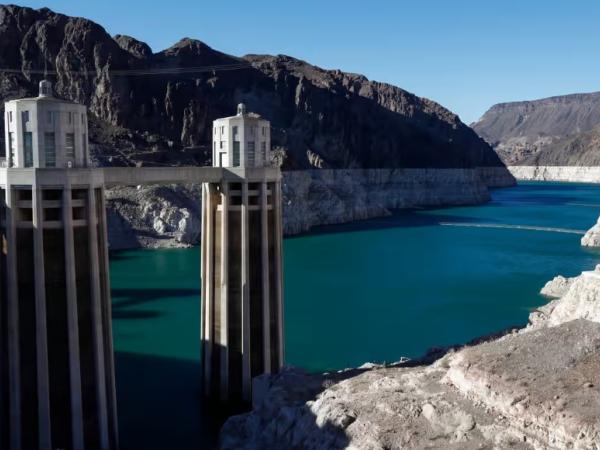
Arizona Guide to the Expiration of the 2007 Operating Guidelines for Lakes Powell and Mead
In response to drought and declining reservoir levels, in 2007 the seven states that share Colorado River water agreed to new guidelines for managing the system; the guidelines and additional measures will expire in…
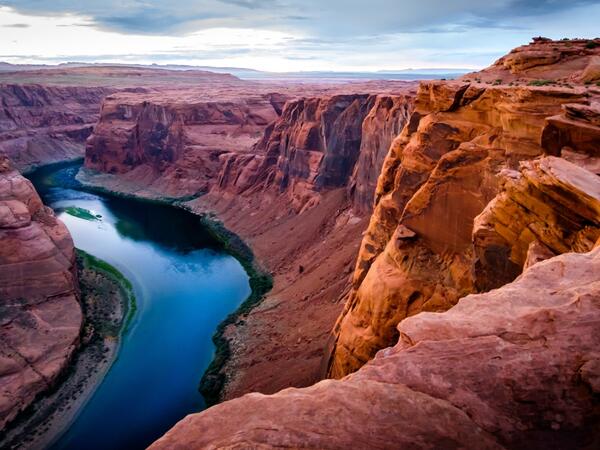
The Colorado River Shortage and What it Means
Most Arizonans’ primary relationship to water is when it comes out the tap in their kitchen or rains down on them from their shower. So it’s only natural that most Arizonans’ primary question about the Colorado River…
Research and policy briefs

Arizona Guide to the Expiration of the 2007 Operating Guidelines for Lakes Powell and Mead
In response to drought and declining reservoir levels, in 2007 the seven states that share Colorado River water agreed to new guidelines for managing the system; the guidelines and additional measures will expire in…
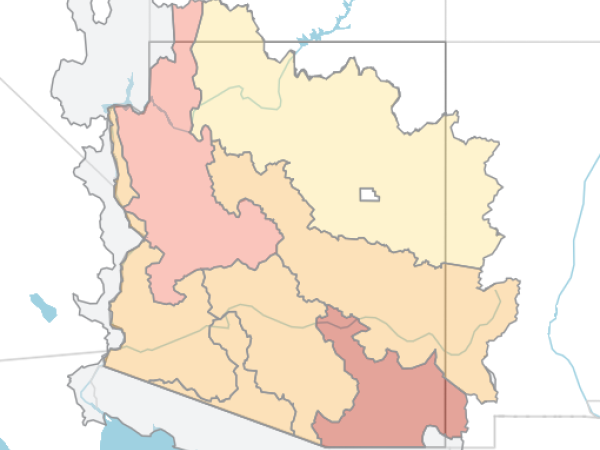
Research brief: Declining freshwater availability in the Colorado River Basin threatens sustainability of its critical groundwater supplies
The Colorado River Basin, a crucial water source for several U.S. states and Mexico, is facing a severe and ongoing decrease in freshwater – both surface and groundwater. This decline is mainly due to the changing…
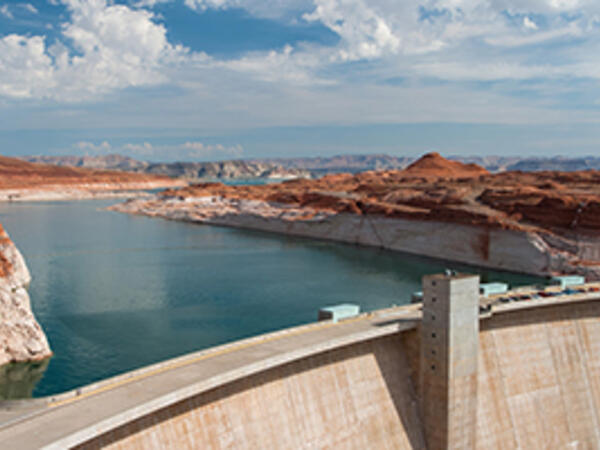
Floating Pools & Grand Bargains
Negotiations over the future of the Colorado River hinge on a bold new idea: Floating Pools — reserved water storage designed to reduce conflict and avoid litigation between Upper and Lower Basin states. Our new report…
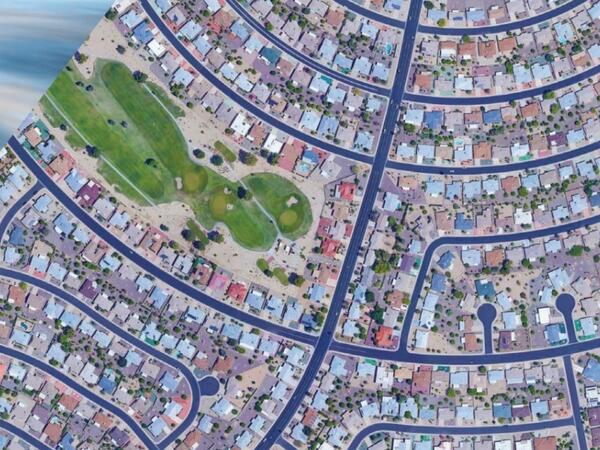
More Elusive Than Ever: Arizona’s Assured Water Supply Protections Under Colorado River Shortages and Groundwater Scarcity
In the state's most urban areas, Arizona's Groundwater Management Act prohibits the sale of subdivision lots that lack a 100-year assured water supply. Allowing groundwater to qualify as an assured supply conflicts with…

Impacts of Colorado River Shortage to Tap Water Deliveries in Central Arizona
This primer from the Kyl Center for Water Policy provides information regarding Colorado River shortage impacts to the provision of tap water.
Newsletters
Interested in keeping up with our events, news, and resources? Sign up for our newsletter today!
Sign up
Videos and webinars
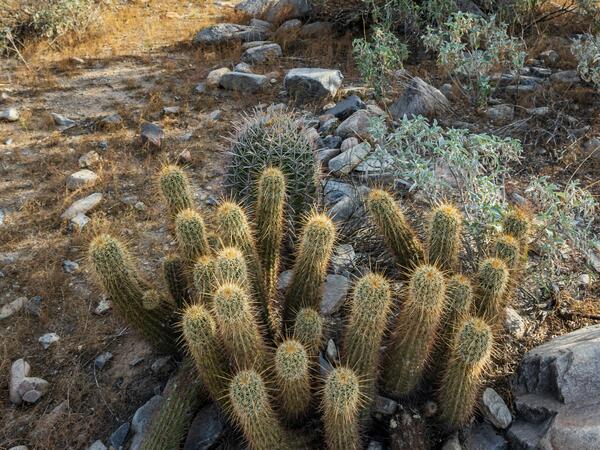
Water and the West
Some 40 million people in the American West rely on water from the Colorado River. But the river’s flow has diminished, and those decreases will likely continue. Grady Gammage Jr. and Sarah Porter of Arizona State…

Water Law in the Colorado River Basin: Past, Present, and Future
This panel discussed the legal history of the Colorado River Basin, how that history shows both failures and successes in advancing water equity, the relationship between that history and the present shortage, and what…
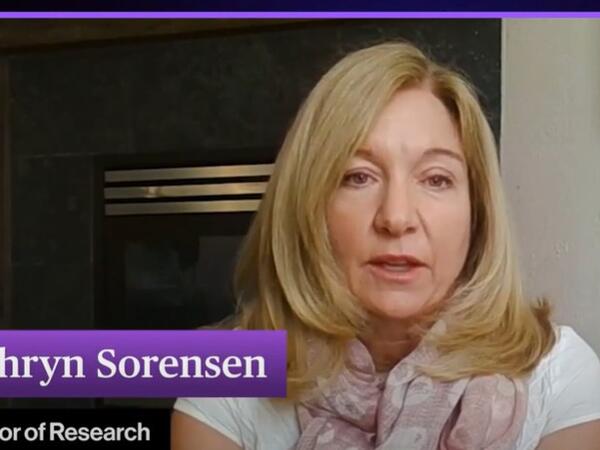
Understanding the Complex Fight Over Arizona's Water
Arizona recently announced new constraints on housing development in the areas around Phoenix. At issue is water scarcity, which has always been a challenge for the US Southwest. On this episode of Odd Lots from…